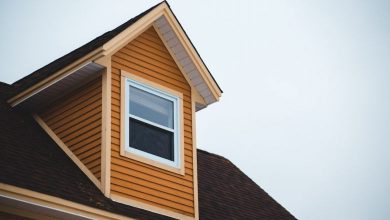What Are the Different Building Codes for Constructing a Garage?

When building a garage, it is important to adhere to the building codes set forth by your local municipality. These codes are put in place to ensure the safety and structural integrity of the garage. Failure to comply with these codes can result in fines and potential legal issues. In this article, we will explore the different building codes that must be followed when constructing a garage.
Foundation Requirements
The foundation of a garage is perhaps one of the most crucial components. It provides stability and support for the entire structure. Building codes typically require that the garage has a concrete foundation that meets certain specifications. This includes the thickness and strength of the concrete, as well as the depth at which it must be poured. Additionally, the foundation may need to be reinforced with rebar or other materials to ensure its durability.
Wall Construction
The walls of a garage must also meet specific building codes. These codes may dictate the materials that can be used for the walls, such as wood, concrete, or steel. Additionally, there may be requirements for the thickness and height of the walls. This is to ensure that the structure can withstand external forces, such as wind or seismic activity. It is also important to note that any openings in the walls, such as windows or doors, must be properly framed and sealed to prevent water infiltration and maintain energy efficiency.
Roofing and Ceiling
The roofing and ceiling of a garage are critical for protecting the interior from the elements. Building codes may dictate the type of roofing materials that can be used, such as asphalt shingles, metal, or clay tiles. The codes may also specify the minimum slope or pitch of the roof to ensure proper drainage. Additionally, the ceiling may need to meet certain fire safety requirements, such as the installation of fire-rated materials or proper insulation.
Electrical and Lighting
Garages typically require electrical wiring for lighting and power outlets. Building codes often specify the type of wiring that should be used and the placement of outlets and switches. It is important to follow these codes to ensure the safety of the occupants and to prevent electrical hazards. Installing proper lighting is also key for visibility and security in the garage. Building codes may outline the minimum number and placement of light fixtures to meet safety standards.
Ventilation and Venting
Proper ventilation is essential in a garage to prevent the buildup of harmful gases and fumes. Building codes may require the installation of vents or fans to provide adequate air circulation. Additionally, codes may dictate the placement of these vents to ensure efficient ventilation. It is crucial to adhere to these codes to maintain a safe environment within the garage.
Fire Safety Measures
Fire safety is of utmost importance when constructing a garage. Building codes may require the installation of fire-resistant materials, such as gypsum board or fire-rated doors. Additionally, codes may specify the installation of smoke detectors and fire extinguishers to ensure early detection and prevention of fires. It is vital to follow these codes to protect both the structure and the occupants of the garage.
Conclusion
When constructing a garage, it is essential to understand and adhere to the building codes set forth by your local municipality. These codes cover various aspects of the construction process, including foundation requirements, wall construction, roofing, electrical and lighting, ventilation, and fire safety. By following these codes, you can ensure that your garage is structurally sound, safe, and meets all necessary regulations.




